Published Sep 13, 2023
These Were Some of Starfleet’s Most Challenging Ethical Quandaries
Looking back at some of the times each captain found themselves at a moral impasse.
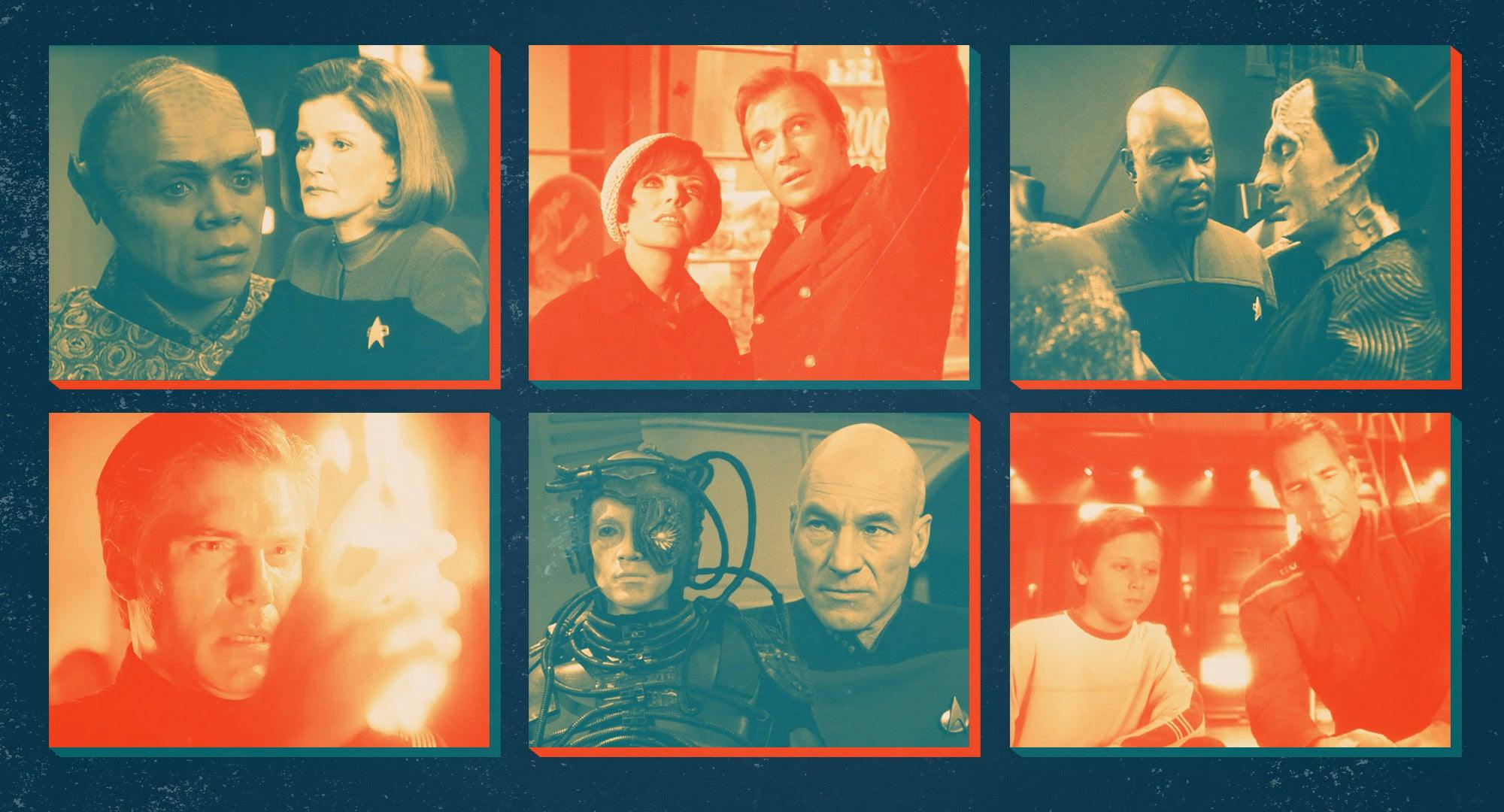
StarTrek.com
Rank hath its privileges, but a Starfleet captaincy hath its pitfalls. As if the responsibility of overseeing an entire crew was not enough, starship commanders have regularly been called upon to make ethically questionable decisions that have influenced the course of individual civilizations, the entire galaxy, and even time itself.
Organizing these conundrums presents a unique moral dilemma, as how can one compare a situation that only affects a captain on a personal level and one that has widespread ramifications? This list is by no means intended to be an exhaustive chronicle of the challenges endured by the Federation’s finest, but rather a tapestry of the most agonizing choices made by a selection of notable Starfleet captains.
7. Captain Georgiou and the Klingon Conflict
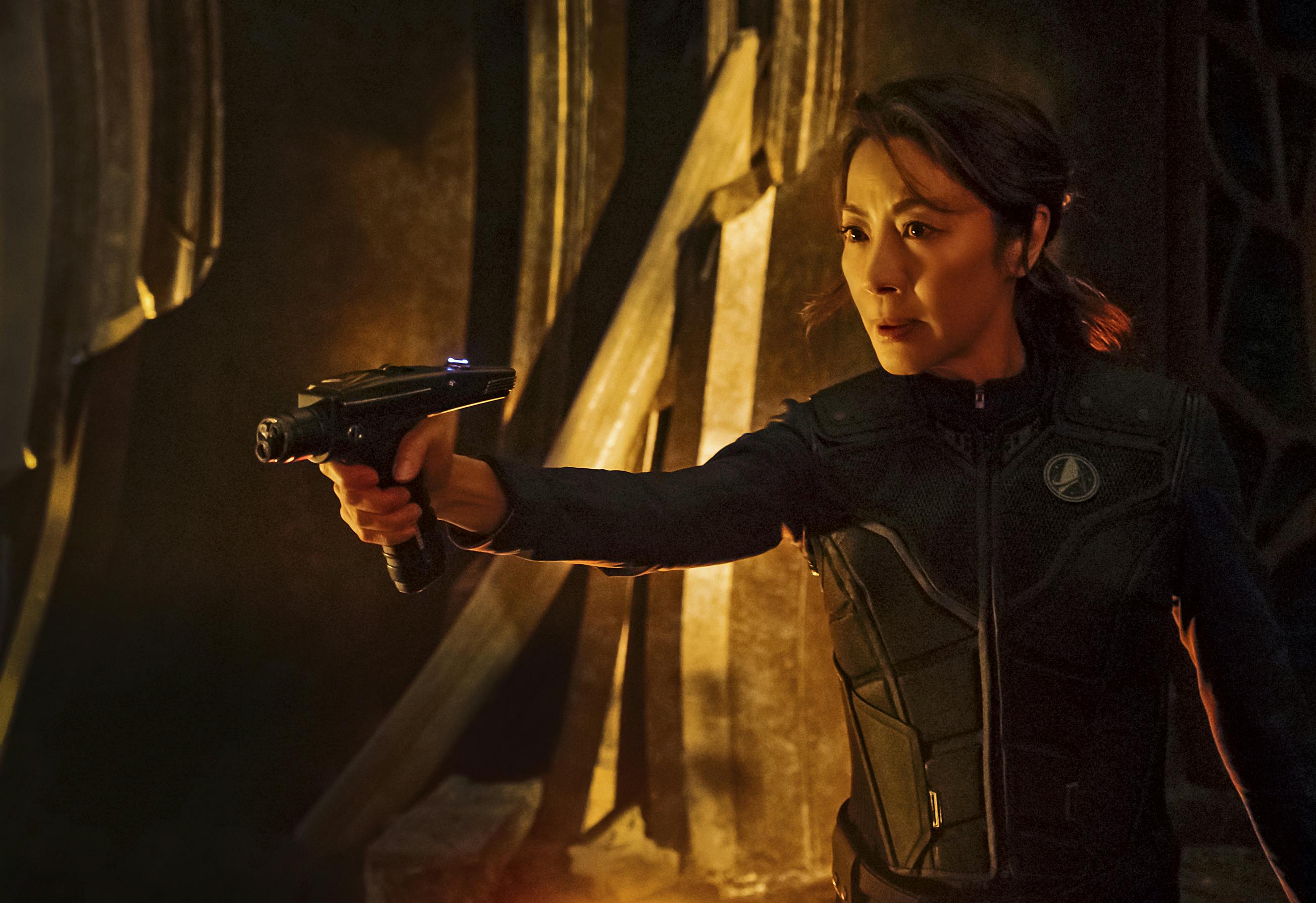
"Battle at the Binary Stars"
StarTrek.com
A respected officer and diplomat, Captain Philippa Georgiou sat in the U.S.S. Shenzhou’s center seat when Starfleet dispatched the vessel to assess a damaged communications relay. Unaware that the equipment had been sabotaged by the Klingon leader T’Kuvma to lure the Federation into an ambush, Georgiou found her ship caught between a rock and a Ship of the Dead. Having consulted with Sarek about the manner in which Vulcans had dealt with the Klingons, Georgiou’s trusted first officer Michael Burnham recommended an unorthodox course of action — the Shenzhou must preemptively fire upon the alien vessel.
While Burnham stood as the captain’s chief advisor, greeting the Klingons with unprovoked violence went against Georgiou’s Starfleet vision. In a choice between betraying her values and dismissing her protege’s counsel, the captain adamantly argued that the use of force was not an option. Although Georgiou’s decision significantly impacted the Federation-Klingon War’s opening battle and influenced both societies, her tough call did not sway T’Kuvma’s intentions one way or the other. The Klingon messiah intended to instigate hostilities regardless of his opponent’s maneuvers so that he could unite the Great Houses in a common cause.
6. Captain Sisko and the Dominion Deception

"In the Pale Moonlight"
StarTrek.com
With Federation losses mounting in the Dominion War, Captain Benjamin Sisko resolved to find a way to convince the Romulans to join the fight. Assuming that the Dominion intended to attack Romulus at some point, Sisko enlisted Garak to uncover evidence of that fact. When that attempt failed, the captain made the bold move to work with the former Cardassian spy and fabricate the proof. As thorough as their ruse turned out, the Romulan Senator Vreenak realized the holorecording had been manufactured. Unbeknownst to Sisko, Garak initiated a plot to murder Vreenak and frame the Dominion.
The complexity of the situation notwithstanding, Sisko recognized that the livelihoods of the Federation, the Klingon Empire, and the entire Alpha and Beta Quadrants were threatened. The captain acknowledged that he stepped over the line simply by electing to bring the Romulans into the war. Sisko took things further by partnering with Garak, trying to fool the Romulans, and accepting the results of Garak’s lethal subterfuge. Although he was not involved in Vreenak’s assassination, the Starfleet officer withheld the truth and reaped the benefits — the Romulans allied themselves with the Federation. Aware that his silence bought the Alpha Quadrant a chance for victory, a troubled Sisko made peace with his ethical gymnastics.
5. Captain Pike and the Temporal Test
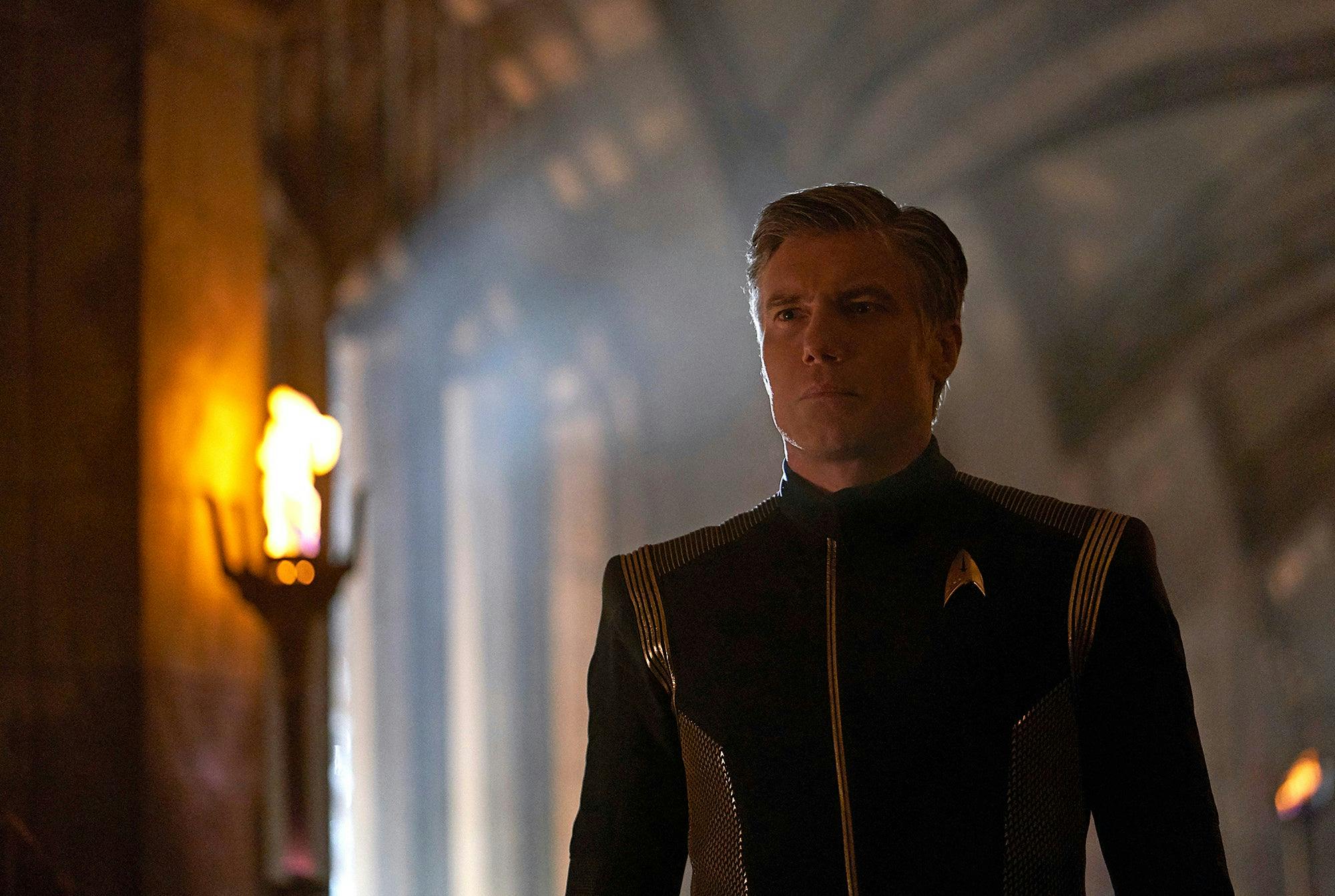
"Through the Valley of Shadows"
StarTrek.com
With Control itching to acquire the Sphere data and eradicate all sentient life in the galaxy, it’s safe to say that Captain Christopher Pike had a great deal on his mind as the U.S.S. Discovery orbited the Klingon planet Boreth. Brought there by the fourth of seven mysterious signals, Pike saw Boreth’s rare time crystals as a possible means to send the Sphere data into the future and out of Control’s reach. The captain met with Tenavik, a time keeper who guarded the crystals and provided Pike with a frightening glimpse of a tragic future caused by a training accident.
When the moment came for Pike to take possession of a time crystal, Tenavik warned the captain that receiving the crystal would ensure the grim ending he had witnessed. Pike summoned strength from his faith in service and compassion, ultimately opting to acquire the mineral to aid in the fight against Control. How can such a grueling quandary involving a deeply personal sacrifice and the galaxy’s survival not be at the top of our list? The answer lies in the captain’s sturdy character, as his devotion to duty made accepting an unwelcome outcome for himself more palatable than allowing Control to succeed.
4. Captain Janeway and the Transporter Trial
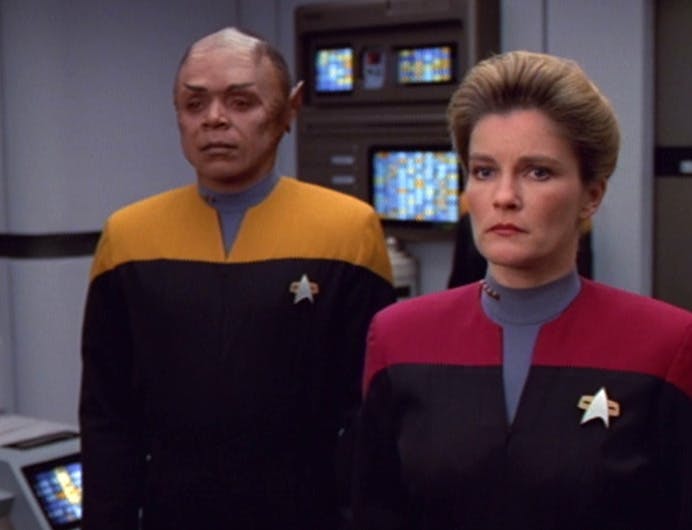
"Tuvix"
StarTrek.com
After a transporter incident melded Tuvok and Neelix into a single entity known as Tuvix, Captain Kathryn Janeway unsuccessfully endeavored to restore the two to their original forms. Tuvix gradually acclimated to the change and established his own friendships with his crewmates. By the time a method had been developed to restore Tuvok and Neelix, Tuvix presented himself as a distinct, sentient individual. Forced into an impossible situation, Janeway needed to determine whether she should save her old friends or permit Tuvix to live.
Although the galaxy was not in danger, the deeply personal nature of this dilemma bumped it up in our rankings. Tuvix argued that performing the separation procedure was tantamount to murder, and The Doctor refused to participate. As the captain, Janeway assumed responsibility and handled the transporter controls that ended Tuvix’s life and brought Tuvok and Neelix back. The resolution continues to be a source of debate for Star Trek fans, who often wrestle with the morality of Janeway’s actions.
3. Captain Archer and the Sim Situation
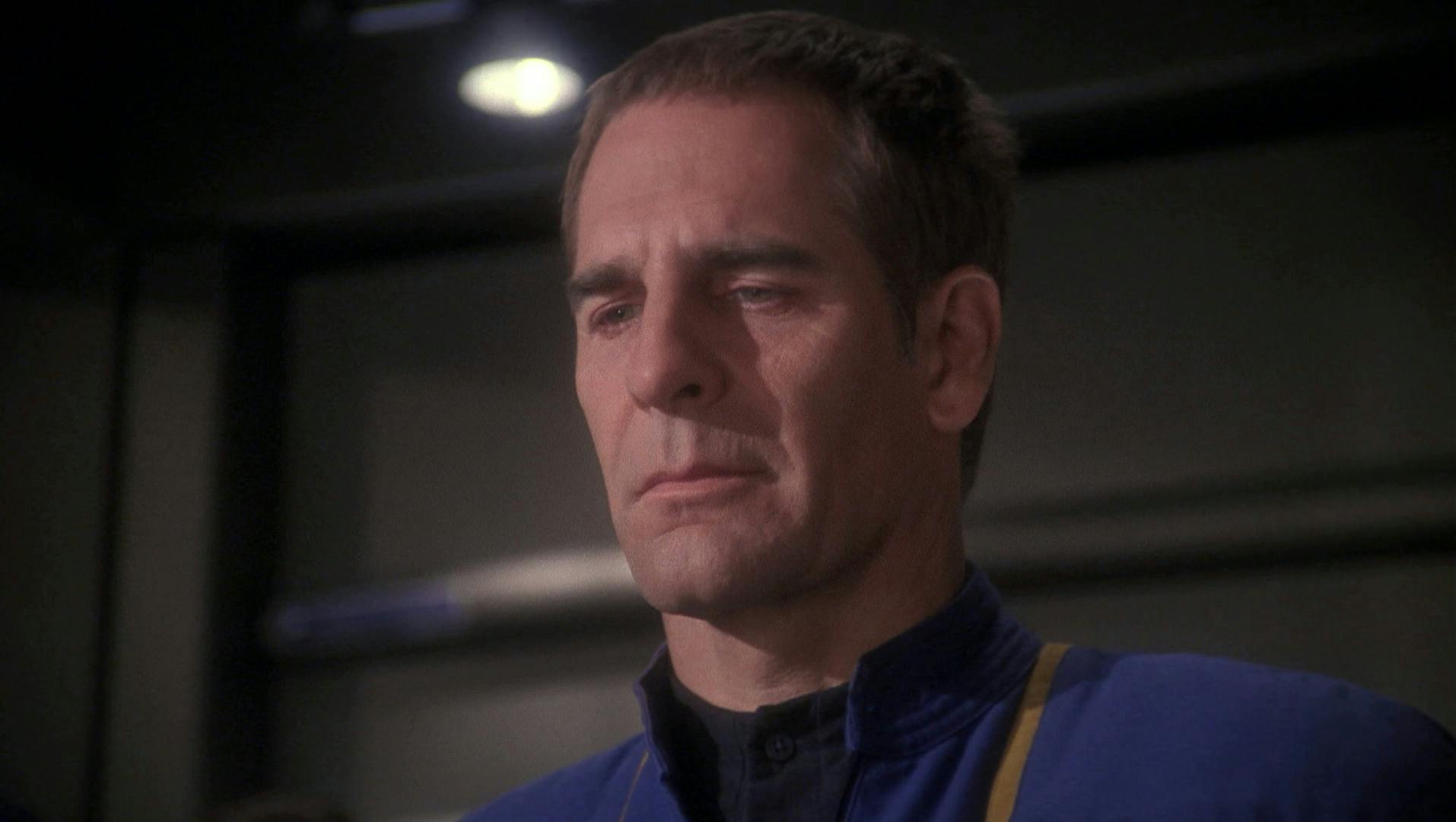
"Similitude"
StarTrek.com
Stranded in the Delphic Expanse with Charles “Trip” Tucker in a coma, Captain Jonathan Archer’s Enterprise found itself in peril from highly charged particles accumulating on its hull and an inability to complete its mission to prevent the Xindi from destroying Earth. Hoping to heal Trip and restore him to his vital post, the captain sanctioned the creation of a fast-growing clone named Sim who would supply the donor tissue needed to repair the engineer’s wounds. As if creating life only for it to grow old and die within weeks was not controversial enough, Sim informed Archer of an experimental enzyme that could slow his aging process and enable him to live a full life.
The problem? Harvesting the neural tissue to save Trip would kill Sim. Racked by guilt, Archer determined that proceeding with the surgery was still the best option. The scenario bore similarities to Janeway’s dealings with Tuvix, with the added detail that Archer remained responsible for purposely sanctioning the initial experiment. Sim’s death saved Trip, Enterprise, and the crew’s chance to foil the Xindi Council’s plans. The stakes proved to be more extensive than they had been in Tuvix’s case, yet the loss of Sim was just as personal for Archer.
2. Captain Picard and the Broken Borg
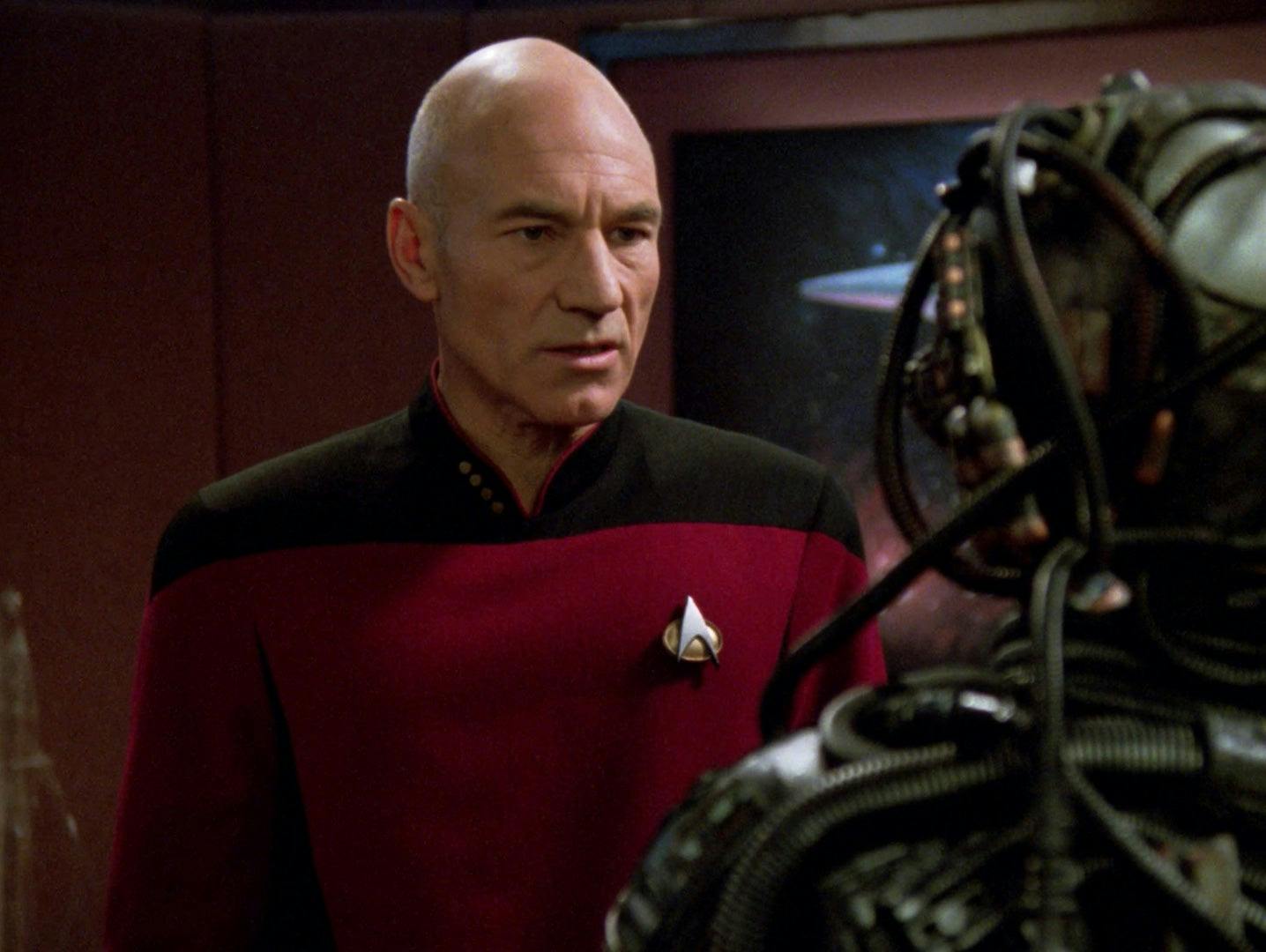
"I, Borg"
StarTrek.com
The capture of a wounded drone inspired Captain Jean-Luc Picard to theorize that an invasive program could be implanted into the Borg and spread throughout the Collective once the prisoner was returned to the hive. Picard held firm in his conviction to enact this strategy, believing that the Borg had declared war on the Federation and eradicating them would preserve countless lives throughout the galaxy.
As Geordi La Forge worked with the drone, it gradually began to exhibit emotional depth and perceived the Starfleet engineer as a friend. Once the Borg, now known as Hugh, rejected the idea of assimilating Geordi, the captain realized that the drone had become an individual. This development caused Picard to reverse course on his plan, an action that might have spared the Borg from extinction… but at what cost? The Borg continued to assault Earth and other civilizations, remaining a potent threat through at least the end of the 24th Century.
1. Captain Kirk and the Keeler Connection

"The City on the Edge of Forever"
StarTrek.com
The agony inherent in electing to save the one you love or restoring balance to history itself must be unimaginably traumatic, to put it mildly. Sent into the past by the Guardian of Forever, Captain James T. Kirk and Mr. Spock set out to locate Dr. McCoy and repair the damage that the U.S.S. Enterprise’s chief physician had accidentally inflicted upon the timeline. In the process, Kirk fell in love with the idealistic Edith Keeler and her passion for helping others.
Unfortunately, Spock determined that Edith Keeler’s admirable belief in pacifism was the focal point of the temporal disconnect, as her well-meaning advocacy delayed the United States from entering World War II and unintentionally ensured victory for the Axis Powers. Reunited with McCoy, the captain made the gut-wrenching decision to stop the doctor from preventing Edith from perishing in a traffic accident. The timeline’s restoration cost the world a decent person and took a personal toll on Kirk. It may be good to be the captain, but this incident epitomized the haunting choices that every commanding officer feared facing.





